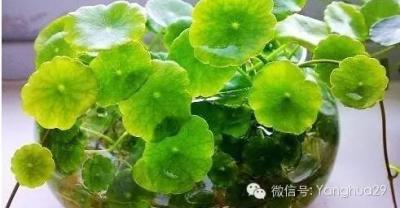Source and degradation of ammonia nitrogen in aquaculture
What is ammonia nitrogen. Ammonia nitrogen refers to the combination of free ammonia and ammonium ion nitrogen in water. It is the main factor causing the main toxicity of aquatic organisms. However, ammonium ions are not toxic. First, the source of ammonia nitrogen. There are four main sources of ammonia nitrogen: first, silt, the deeper the pond silt, with the increase of temperature, Daxing organic matter fermentation to produce ammonia nitrogen; second, feed. After the feed is digested by aquatic animals, a large amount of ammonia nitrogen is produced by excreting stool and urine. The second is that the residual bait is transformed into peptides and amino acids by anorexia bacteria, and then into molecular ammonia and ammonium ions, and the third is fertilizer. Such as organic fertilizer, urea, nitrogen fertilizer, compound fertilizer, etc., are the basis for the production of ammonia nitrogen; fourth, all kinds of dead grasses and algae are transformed into ammonia nitrogen under the action of anaerobic bacteria. Second, ammonia nitrogen degradation. One is natural consumption. 1. Through nitrifying bacteria living in oxygen in water, ammonia is converted into nitrite, which is then converted into nitrate by the second kind of nitrifying bacteria, which is non-toxic and sublimated by anaerobic bacteria. 2. Algae and microorganisms, ammonia nitrogen is also a kind of nutrient-rich fertilizer, the more algae and microorganisms, the stronger the ability to absorb ammonia nitrogen and the faster the content of ammonia nitrogen is reduced. 3. Aquatic plants, such as water hyacinth, water peanut, lotus root and so on. Among them, the water hyacinth has a strong ability to consume ammonia nitrogen, and a 10-branch water hyacinth can consume the ammonia nitrogen excretion of 8 people in 24 hours. The second is artificial degradation. (1) to clean up the silt and adopt the charcoal ballast landfill suction order; (2) to control the stocking density and feed reasonably; (3) to regularly use photosynthetic bacteria and lactic acid bacteria and organic acid and sodium humate nitrification degradation; (4) to increase oxygen by injecting and changing water to control and regulate the water quality. When the molecular ammonia in the water exceeds the standard, the oxygen-carrying capacity of Gill fluid of aquatic animals will decrease, destroying the epidermis of Gill, resulting in poor oxygen exchange in blood and poisoning at the same time. Its performance is liver, pancreas, stomach and other visceral damage, gastrointestinal swelling, mucous membrane damage after infection, secretion of a large amount of mucus, resulting in dyspnea, resulting in death. Ammonia nitrogen is not only the number one killer of aquatic animals, but also the most difficult problem for farmers to solve. It must be prevented and controlled from scratch and tested regularly to prevent serious and long-term excessive phenomena, so as to ensure the healthy and normal growth of aquatic animals.
Welcome to follow China Aquaculture Wechat official account: zgsc0879 to communicate and interact with 100, 000 aquaculture friends.
- Prev

How to improve the efficiency of large-scale beef cattle breeding in winter?
1. Choose Simmental, Charolais, Limousin and other beef breeds or improved local breeds, healthy and disease-free, with a body weight of 2.
- Next

You have to think about aquaculture.
With the promotion and encouragement of national policies, more and more friends devote themselves to aquaculture! If you want to start an aquaculture business and get a piece of the pie, you have to think about the water.
Related
- On the eggshell is a badge full of pride. British Poultry Egg Market and Consumer observation
- British study: 72% of Britons are willing to buy native eggs raised by insects
- Guidelines for friendly egg production revised the increase of space in chicken sheds can not be forced to change feathers and lay eggs.
- Risk of delay in customs clearance Australia suspends lobster exports to China
- Pig semen-the Vector of virus Transmission (4)
- Pig semen-the Vector of virus Transmission (3)
- Five common causes of difficult control of classical swine fever in clinic and their countermeasures
- Foot-and-mouth disease is the most effective way to prevent it!
- PED is the number one killer of piglets and has to be guarded against in autumn and winter.
- What is "yellow fat pig"? Have you ever heard the pig collector talk about "yellow fat pig"?

